8 Easy Ways to Protect Your Back
Make some quick and simple changes to your daily routine
1 of 10
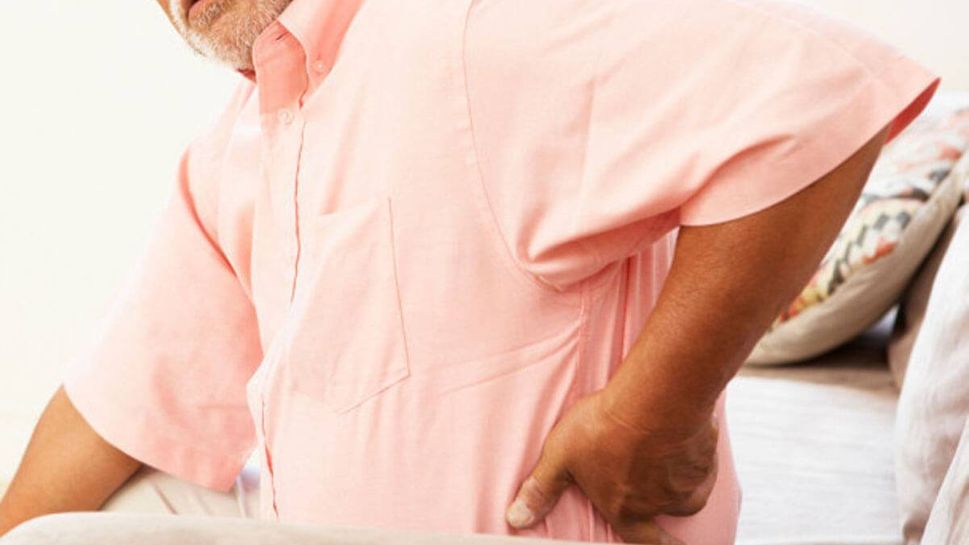
Fend Off Back Pain
(This article appeared previously on Grandparents.com)
In any three-month period, about a quarter of American adults have at least one day of back pain, according to the National Institutes of Health. The first time often happens between ages 30 and 40 and tends to become more common with age. “After the common cold, back pain is the most common reason adults seek physicians,” says physical therapist Eric Robertson, a spokesperson for the American Physical Therapy Association.
Most cases aren’t serious and go away on their own — we’ll get to that later — but wouldn’t it be nice to avoid them entirely? Some simple changes to your daily routine might do just that, suggests Robertson. Some might be familiar, and we’ll go over a few basics, to get them right. But it may surprise you how many things you can do every day to protect your back.

1. Stretch Your Hips
You know about core strength — keeping your abdominal muscles strong to support your back. But hip muscles are equally important for preventing back problems, emphasizes Robertson. These are called the gluteal muscles, which include the muscles in your rear end, as well as those that wrap around the side of the hip. “One works to extend your hips, the other to move the hips out to the side,” explains Robertson.
One simple way to stretch your “glutes” is to lie on your back and pull your knees up to your chest. Hold for 15 to 30 seconds, and repeat two or three times. “This keeps the hips from getting stiff,” says Robertson. “The more you move your hips, the better off you are.”
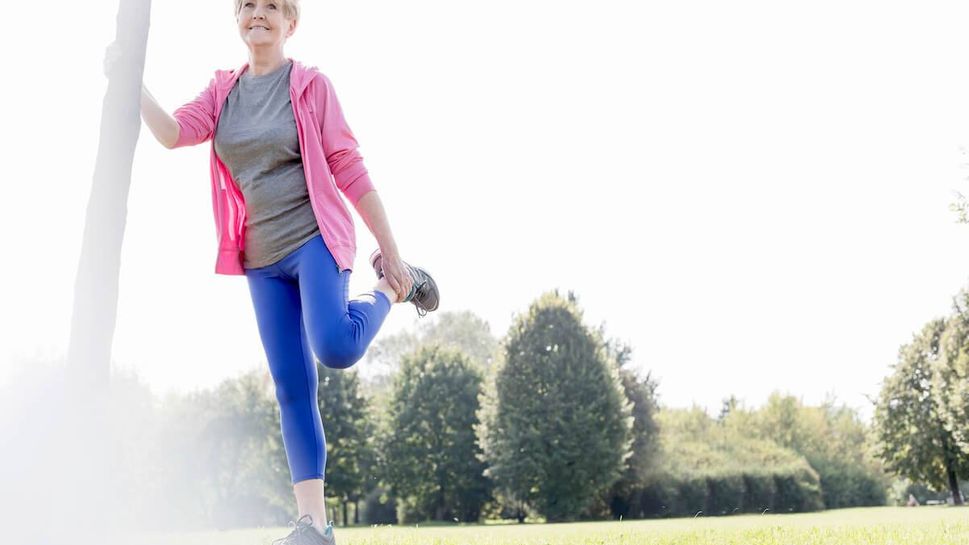
2. Strengthen Your Hips
You’ll want your glutes not just limber, but strong, too. Try a “mini-squat,” suggests Robertson. Stand about about six or seven inches away from a wall and squat a little bit. No need to make the top of your legs parallel to the floor — that’s a 90-degree angle that trainers often recommend. Instead, aim for about a 20-degree angle. “It’s a nice, safe exercise to do.”
Another exercise: Stand up from a sitting position. Sit on the edge of a chair, and stand up without using your arms. “As simple as this sounds, if you do it five or 10 times, three times a day, you’ll get really strong,” says Robertson.
A third exercise: Balance on one leg. “Hold on to a counter that won’t move, and stand on one leg,” says Robertson. “Keep your pelvis level. This works on the gluteal muscles on the side, and improves balance.”
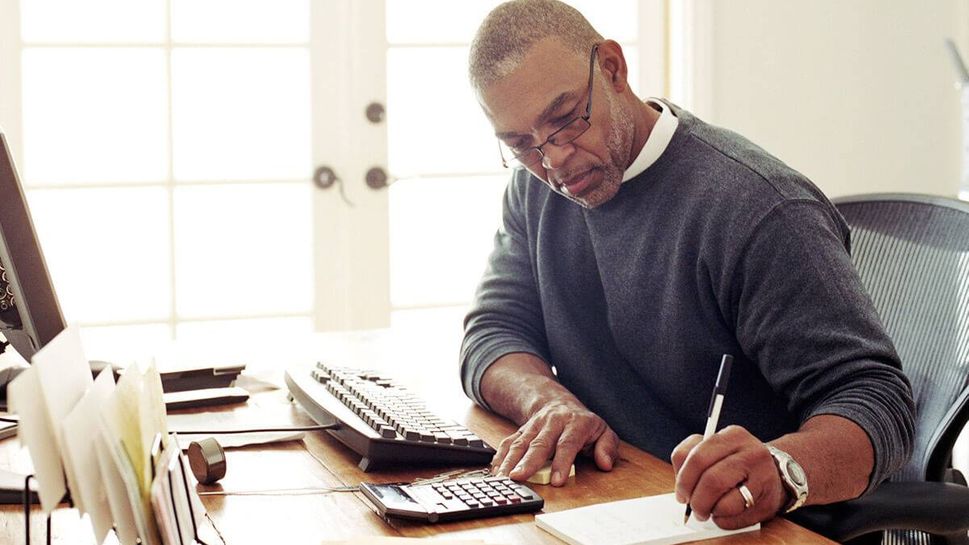
3. Stop Worrying About Your Posture
Here’s something you don’t have to fret about: Standing up straight. “There’s actually a poor correlation between posture and back pain,” says Robertson. “When we fix posture, we don’t see back pain get better. In any case, if you tell someone to stand up straight, they can only do that for a little while. But if you help them develop the muscles to stand up straight, they can do it all day long.”

4. Take Micro-Breaks From the Chair
Now that you’re practicing standing up from your chair, do it frequently! Sitting for long periods is bad for your back. It puts pressure on your disks, and it also relaxes your gluteal muscles too much. “Too long in a seated position, and these muscles that are important to stabilize the spine get into a more relaxed state than you want.”
Solution: Standing micro-breaks. “As soon as you stand up, you activate your gluteal muscles, your core and your pelvic floor muscles,” says Robertson. His advice? Every 15 minutes or so, stand up, stretch your back, go for a tiny walk and sit back down again. Every hour or so, if you can, get up and take a slightly longer walking break.

5. Lift Your Grandkids the Right Way
The standard advice on how to lift heavy objects — like your grandkids, for example — is always important, according to the American Physical Therapy Association.
When lifting a child from the floor: stand close, keeping your back straight and place one foot slightly in front of the other. Bend your hips and knees to lower yourself onto one knee. Now grab your grandchild with both arms, hold them close to your body, tighten your stomach muscles and push up with your legs so that you return to a standing position. Put them back down on the floor with the same maneuver in reverse.
Whatever you’re lifting, “Lift with your legs, not your back,” says Robertson. “The stronger you keep your hip muscles, and the more limber, the more likely you will be to lift with your legs rather than your back.”
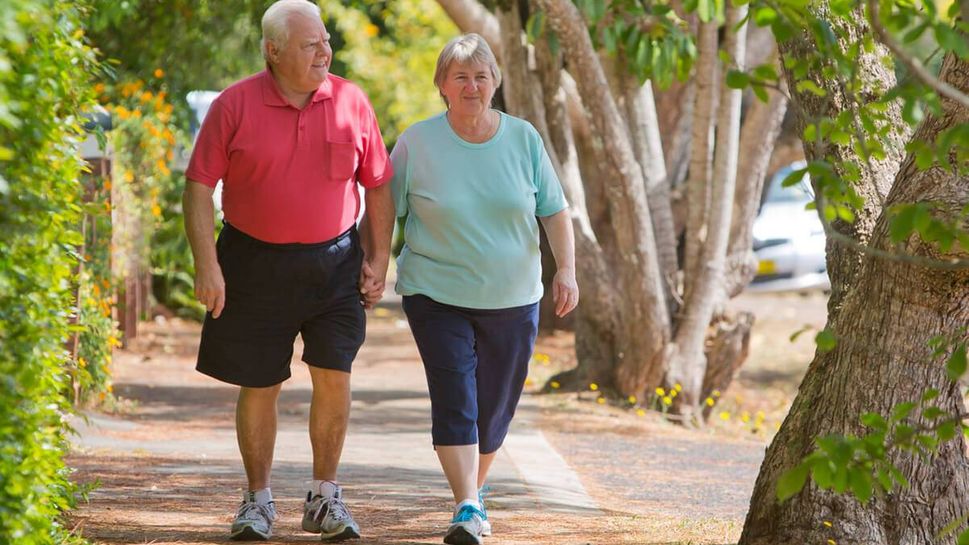
6. Take a Daily Walk
“Walking is absolutely the best exercise for your back,” says Robertson. For one, it’s the best position to reduce pressure on your spine. “You have the least amount of stress on your spine when you’re up and walking.” Standing is better than sitting, but standing for too long in one position is more stressful than gently moving along. “As you walk, you strengthen your hip muscles, and stabilize your spine and back.”
Bonus: If you do have back pain, regular walking may reduce it. This could be because when you exercise, the body releases endorphins, feel-good chemicals in the body. Whatever the reason, the evidence is clear that “walking reduces the perception of pain,” says Robertson.
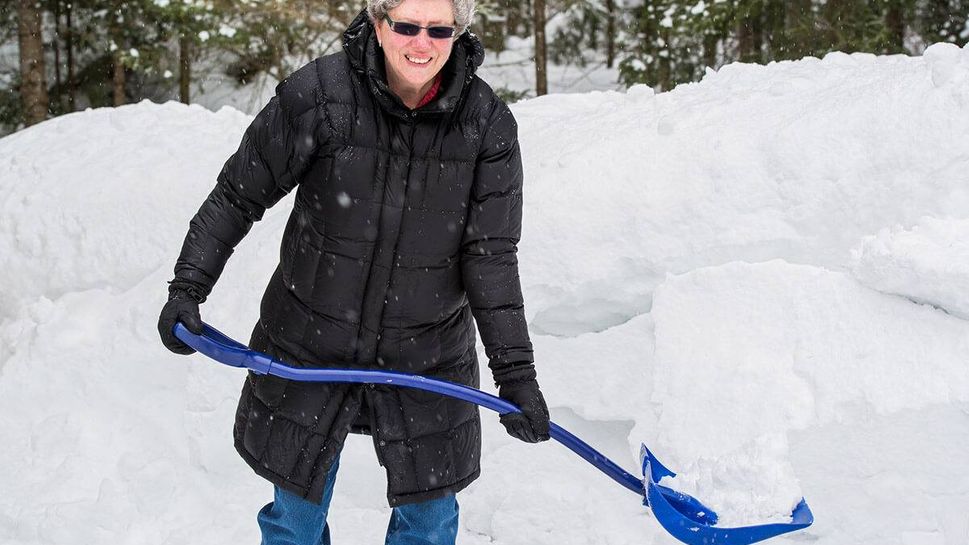
7. Be Careful Shoveling Snow
There’s a reason why we’re warned against picking up the snow shovel and having at it. One is the cardiovascular risk of going from inactivity to heavy exertion so quickly. But it’s a really good way to throw your back out. One reason: Water is heavy. Another is that the weight is so far from your body that you’re creating a lever to put extra pressure on your back muscles.
“The further away from the axis, the more rotation force there is,” says Robertson, for all you Archimedes fans out there. “You’re guiding a shovel that’s four feet from your back, and you have to work hard to stabilize your back.” Robertson's advice: “Warm up, stretch your hips, don’t fill up the shovel and take frequent breaks.”

8. Chill Out
Chronic stress not only tightens your muscles — which shortens them and makes it harder to support your back — but it also increases your sensitivity to pain. Anything you do to help break the stress cycle — relaxation exercises, aerobics, meditation, yoga — can help. But if you get recurrent back pain, one stress you can work on is the fear of back pain itself.
“It’s very clear that the more stressed you are, the more likely you are to feel pain,” says Robertson. “You’ll have more trouble with any aches and pains that you have.” If you start to feel anxiety or fear about your pain, it can make the pain worse. “You feel fearful, and think your back pain will never go away.”

More on Stress
Stress and its effect on back pain is one reason why Robertson often emphasizes to his patients that the vast majority of back pain isn’t serious — and it goes away on its own.
You should see your doctor if you have certain symptoms such as numbness or weakness, or a change in bowel or bladder function, which may indicate a serious medical condition. And see your doc if your back pain persists. “For a small proportion of the population, back pain is chronic,” admits Robertson. “But for most it’s self-limiting — it gets better with time.”
Just knowing that most back pain improves over time can help you lower your stress level, which, in turn, can help you get over any back pain quicker. “Knowing it’s not really serious helps to reduce your fear. It goes a long way to helping people to continue to move when they have back pain,” says Robertson.
Grandparents.com is a lifestyle website, social media community & peer group that unites & connects America's 70 million Grandparents to the best information and premier products & services just for them. Our goal is to promote well-being and give timely information on what really matters to you, from health and money to family and relationships to travel and retirement.

